Karimoku's Hiroo Residence celebrates tranquillity in central Tokyo
Japanese furniture brand Karimoku’s latest bespoke interior collaboration, Hiroo Residence is a soft-textured Tokyo haven
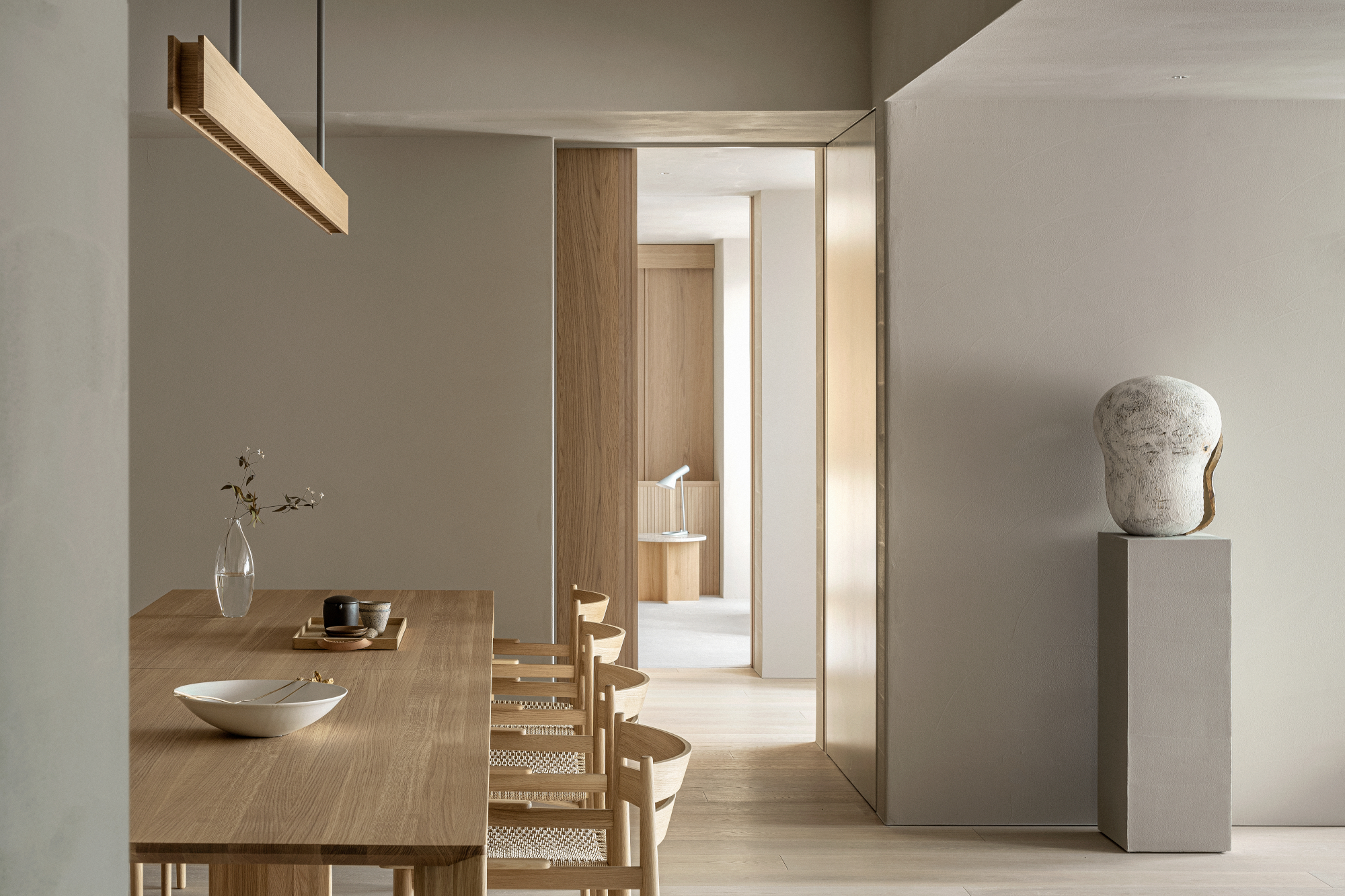
Karimoku is an arm of the Japanese furniture manufacturer Karimoku Furniture Inc. that is behind an ongoing series of bespoke architectural and interior design experiments, in collaboration with Japanese architect Keiji Ashizawa and Danish design studio Norm Architects. The projects have focused on public spaces and residences, all the while building on a portfolio of furniture designs and reinforcing a distinctive collaborative identity.
Karimoku: Hiroo Residence, Tokyo
In the Hiroo Residence project the Karimoku brand took on a space at a Residence in central Tokyo as its canvas, and worked with Ashizawa to curate a modest and tranquil home.
Set in a parkside complex in Tokyo’s Hiroo district, the project creates a balance between light and wellbeing. The spaces are largely filled with furniture conceived of during previous Karimoku projects, now a 12-strong collection. The pieces include low sofas, armchairs and benches.
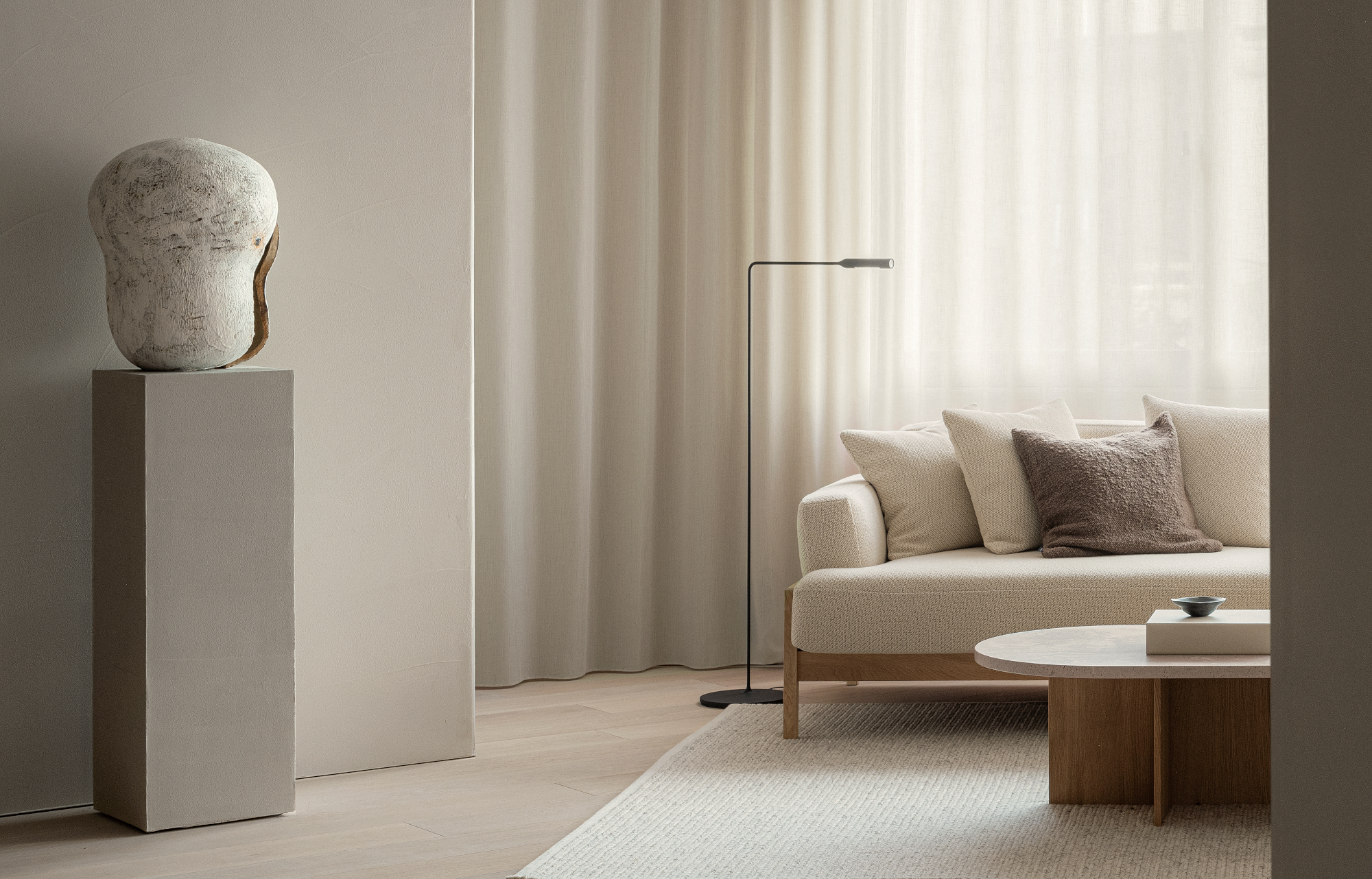
The living area
For the Hiroo Residence, Ashizawa and Norm Architects designed the ‘A-LB01’ sideboard and ‘N-DC04’ dining chair, which join the existing collection. Both are broad and sturdy but unimposing, in a light timber finish that adds to the apartment's airy feel. The 200 sq m residence sits overlooking a leafy park; the proximity to nature inspired an organic feel to the design and layout of the space, a haven amid the bustle of central Tokyo.
The Hiroo Residence brings together minimalist, traditional Japanese design with contemporary influences. Pocket sliding doors maximise the space, while simple, wooden wall hangings and woven seating elements create textural appeal. Both natural and electric light is used carefully, ensuring a sense of softness in the space, while a balance of curves and corners makes it feel at once organised and calm.
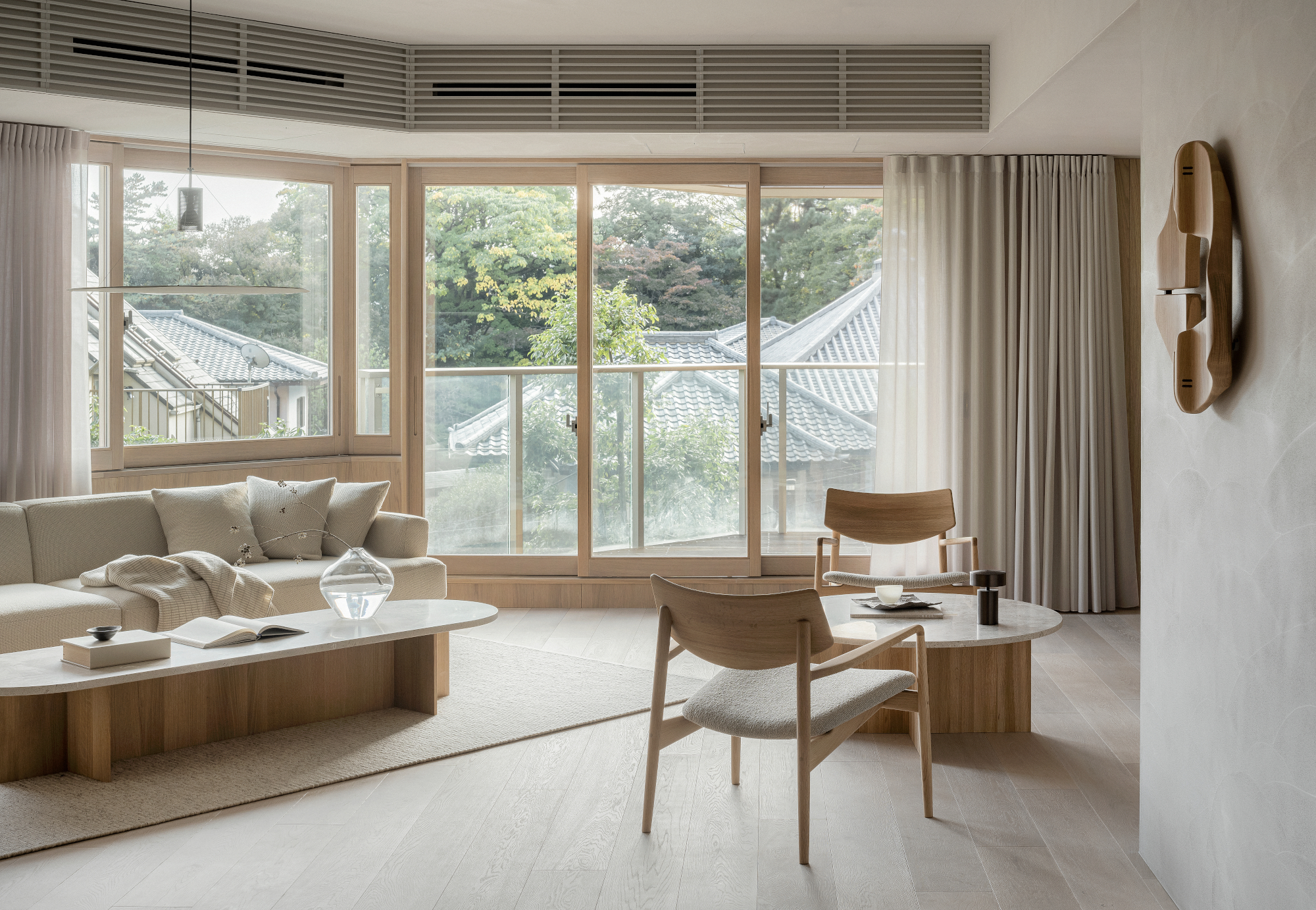
The living area
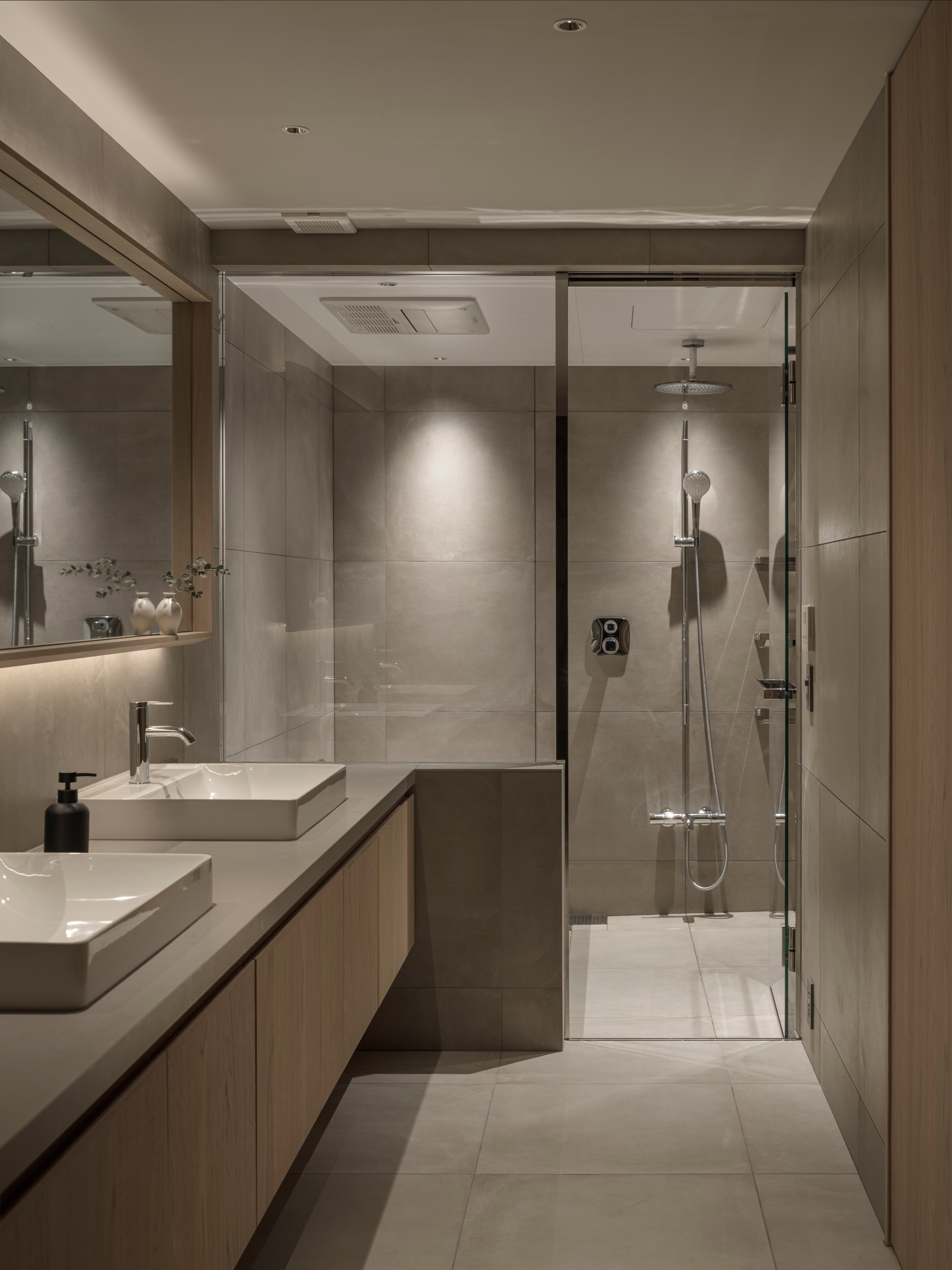
The bathroom
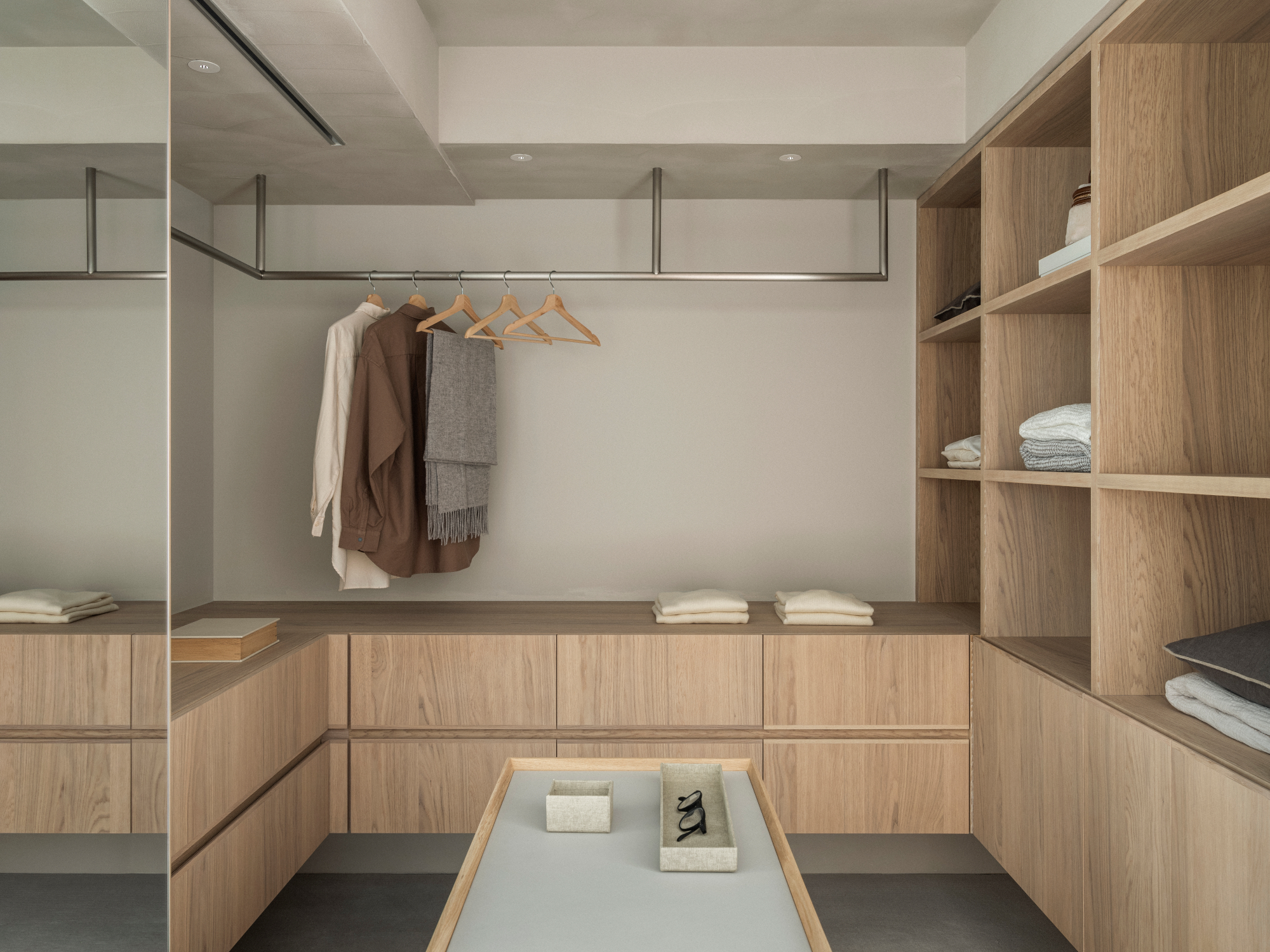
The walk-in wardrobe
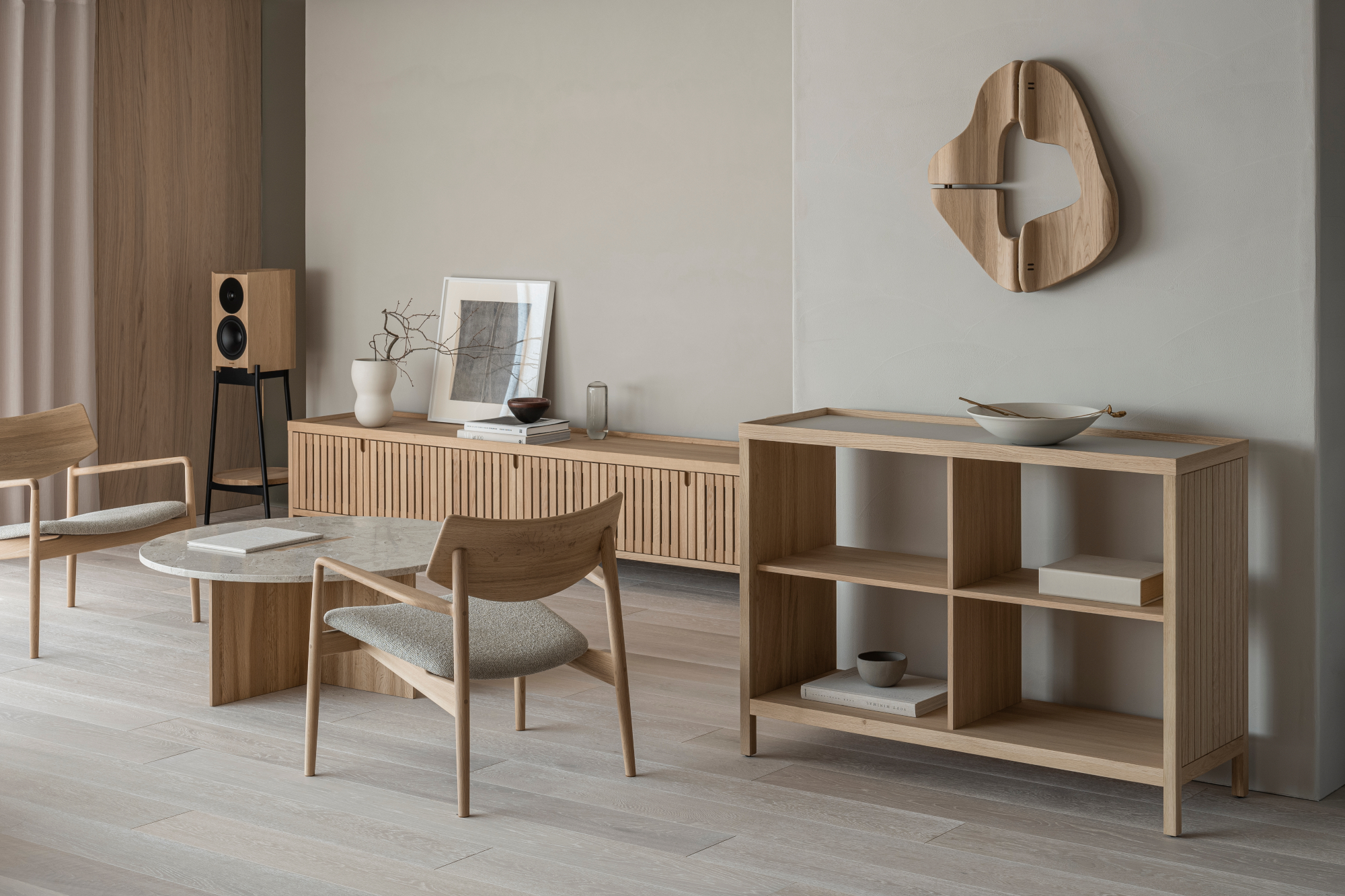
The living area
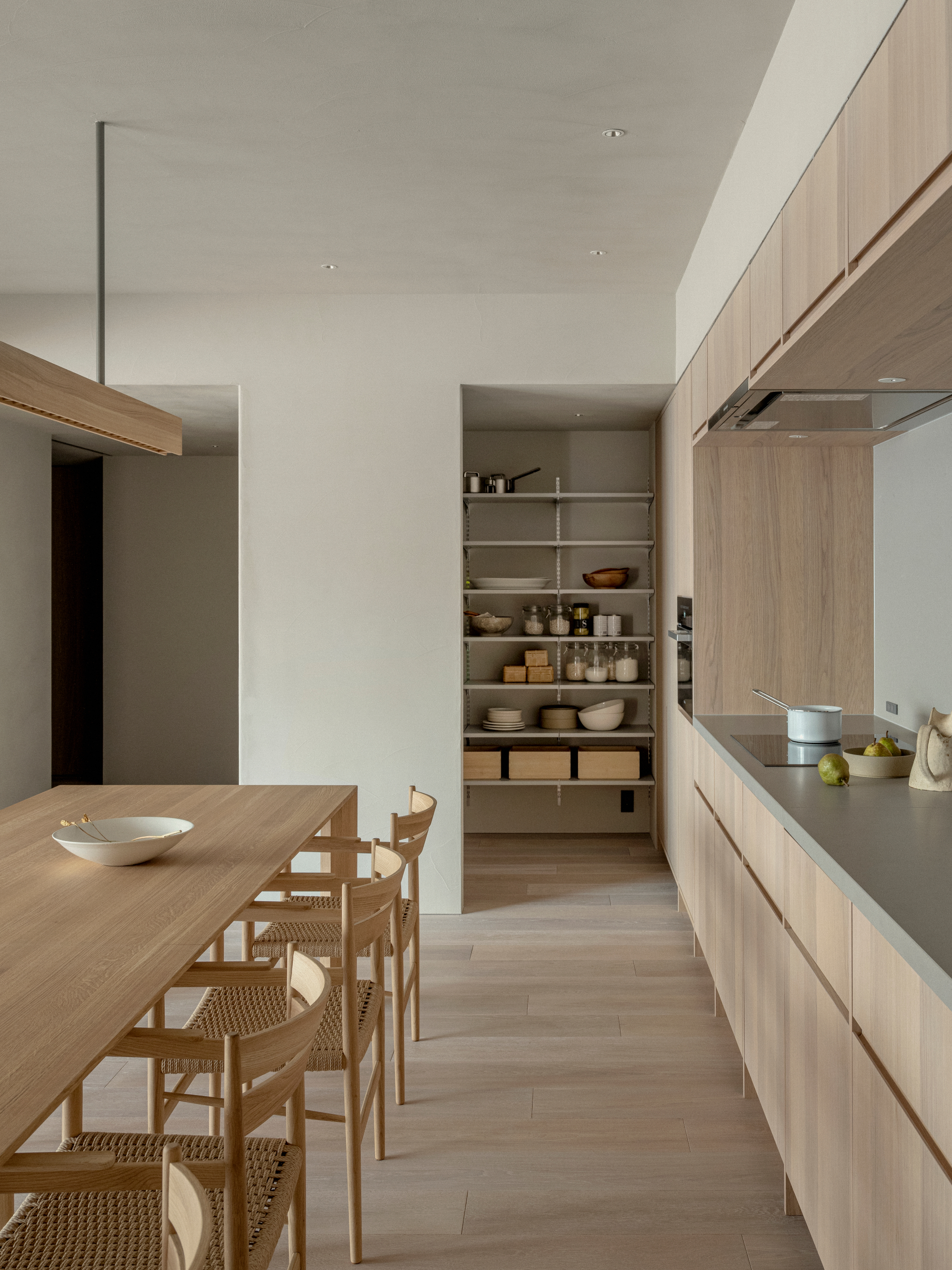
The kitchen
Wallpaper* Newsletter
Receive our daily digest of inspiration, escapism and design stories from around the world direct to your inbox.
Martha Elliott is the Junior Digital News Editor at Wallpaper*. After graduating from university she worked in arts-based behavioural therapy, then embarked on a career in journalism, joining Wallpaper* at the start of 2022. She reports on art, design and architecture, as well as covering regular news stories across all channels.
-
 Put these emerging artists on your radar
Put these emerging artists on your radarThis crop of six new talents is poised to shake up the art world. Get to know them now
By Tianna Williams
-
 Dining at Pyrá feels like a Mediterranean kiss on both cheeks
Dining at Pyrá feels like a Mediterranean kiss on both cheeksDesigned by House of Dré, this Lonsdale Road addition dishes up an enticing fusion of Greek and Spanish cooking
By Sofia de la Cruz
-
 Creased, crumpled: S/S 2025 menswear is about clothes that have ‘lived a life’
Creased, crumpled: S/S 2025 menswear is about clothes that have ‘lived a life’The S/S 2025 menswear collections see designers embrace the creased and the crumpled, conjuring a mood of laidback languor that ran through the season – captured here by photographer Steve Harnacke and stylist Nicola Neri for Wallpaper*
By Jack Moss
-
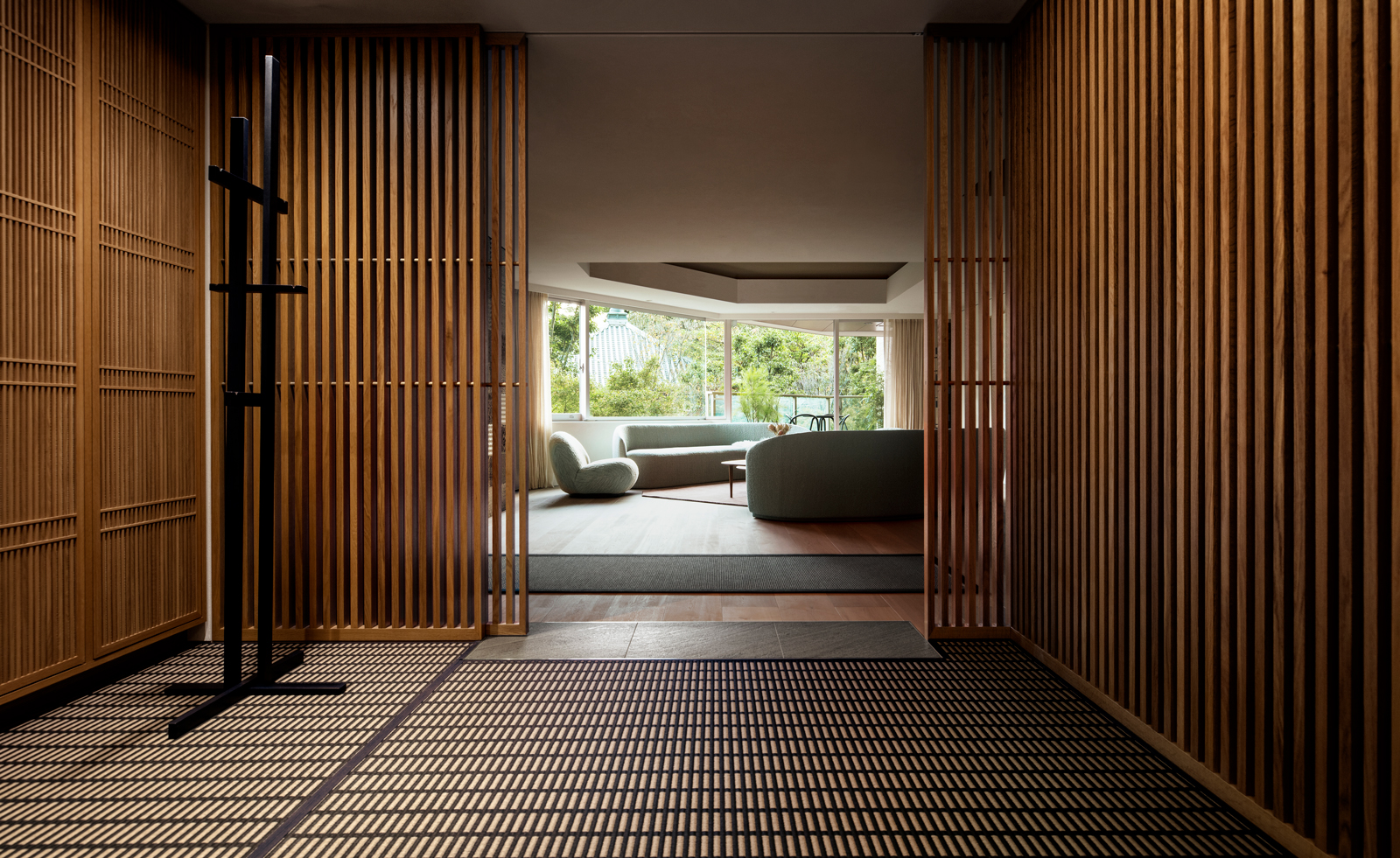 Scandinavian design meets Japanese heritage in OEO Studio’s Tokyo apartment
Scandinavian design meets Japanese heritage in OEO Studio’s Tokyo apartmentOEO Studio has collaborated with Japanese property developer ReBita on a luxury new apartment at Tokyo’s Opus Arisugawa Terrace & Residence
By Hannah Silver
-
 Snøhetta designs experimental culinary space in Tokyo
Snøhetta designs experimental culinary space in TokyoSnøhetta co-founder Craig Dykers discusses the architecture of Burnside – a Tokyo event space for art and design outfit En One and the Bronx chef collective Ghetto Gastro
By Ellie Stathaki
-
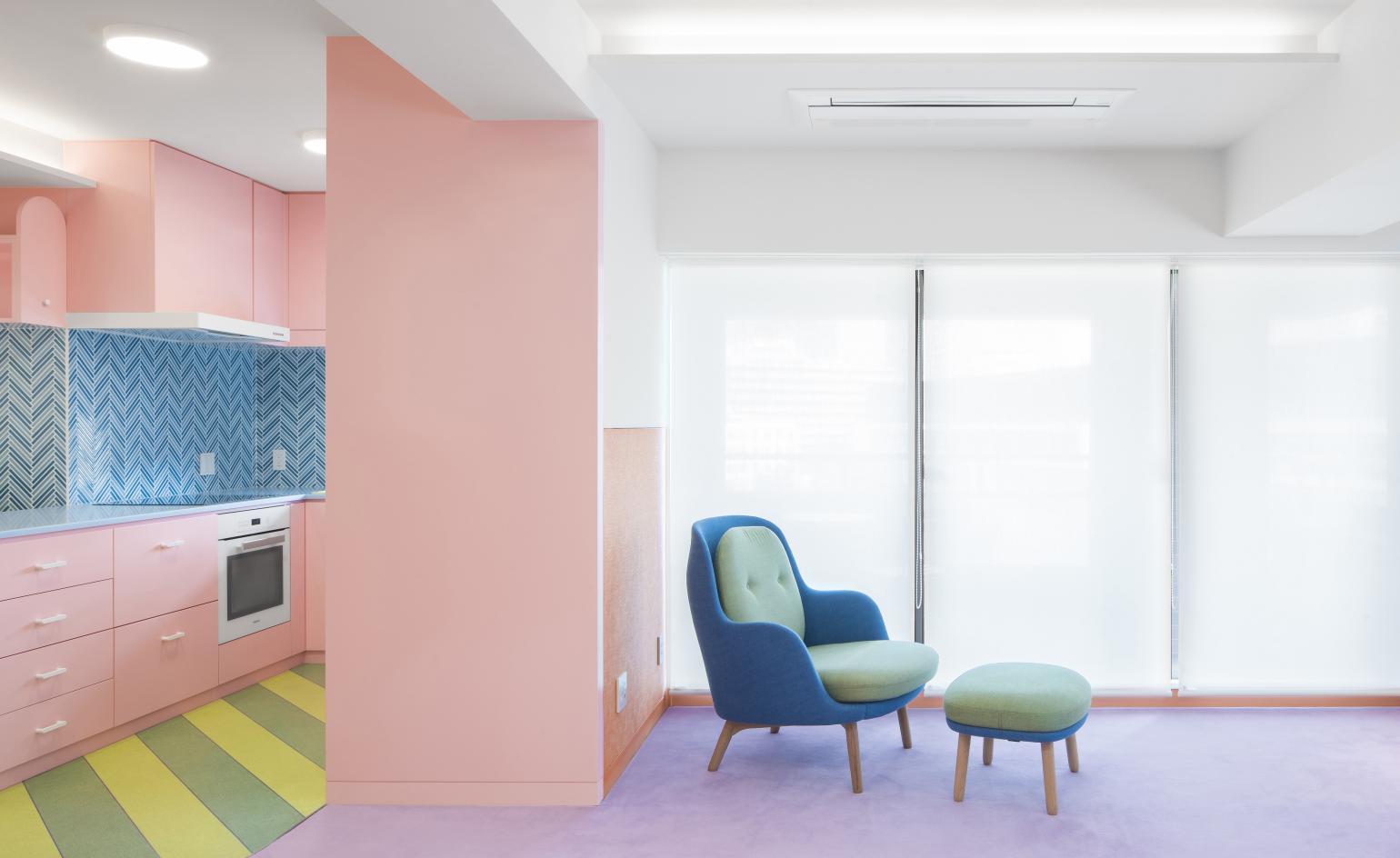 Adam Nathaniel Furman’s colourful vision for a Tokyo apartment
Adam Nathaniel Furman’s colourful vision for a Tokyo apartmentBy Ali Morris
-
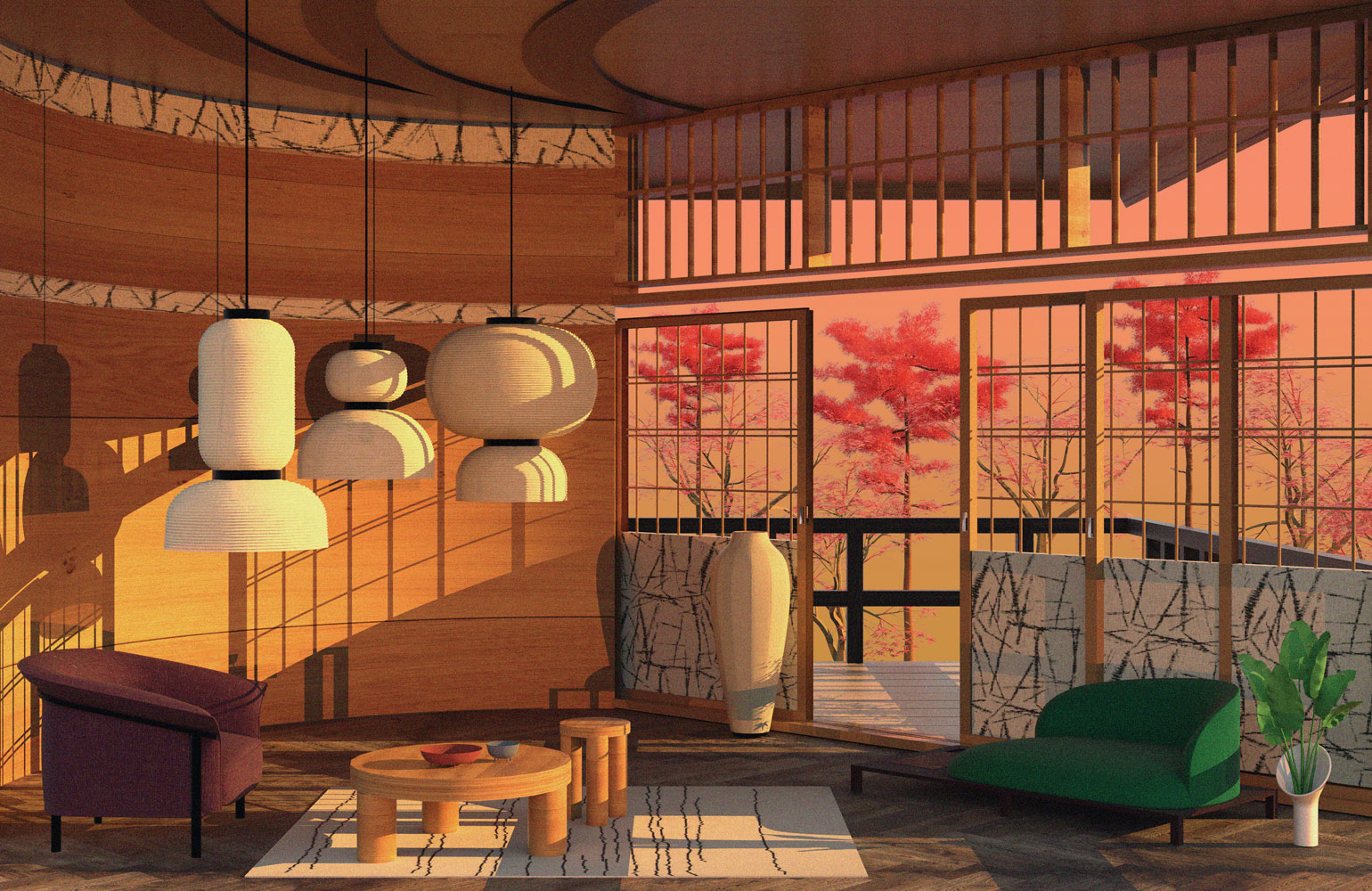 Tokyo story: our series of illustrated interiors is blossoming
Tokyo story: our series of illustrated interiors is blossomingBy Rosa Bertoli
-
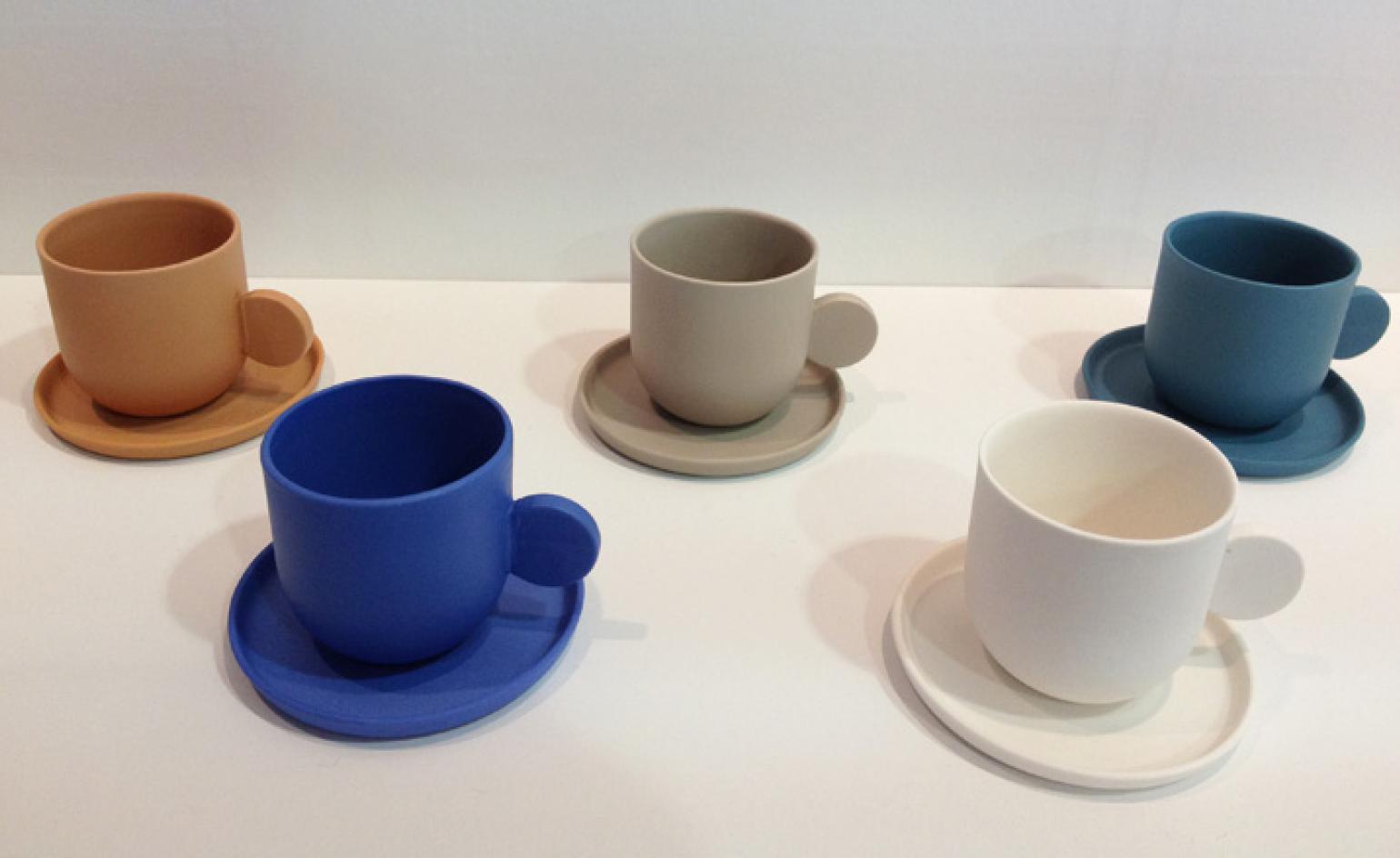 Interior Lifestyle Tokyo 2012
Interior Lifestyle Tokyo 2012By Amy Heffernan
-
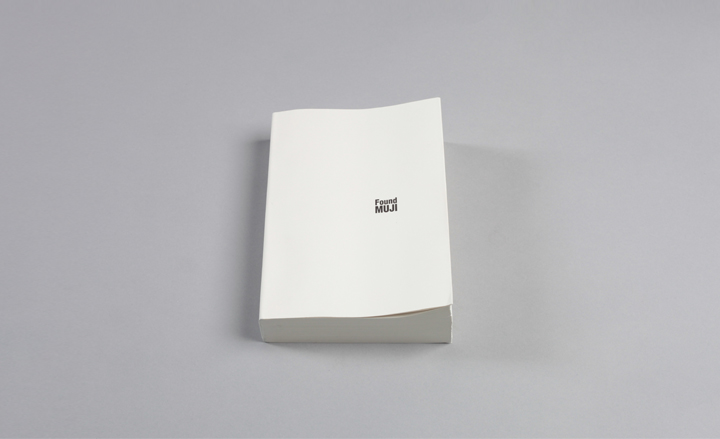 Found Muji
Found MujiBy Nick Compton